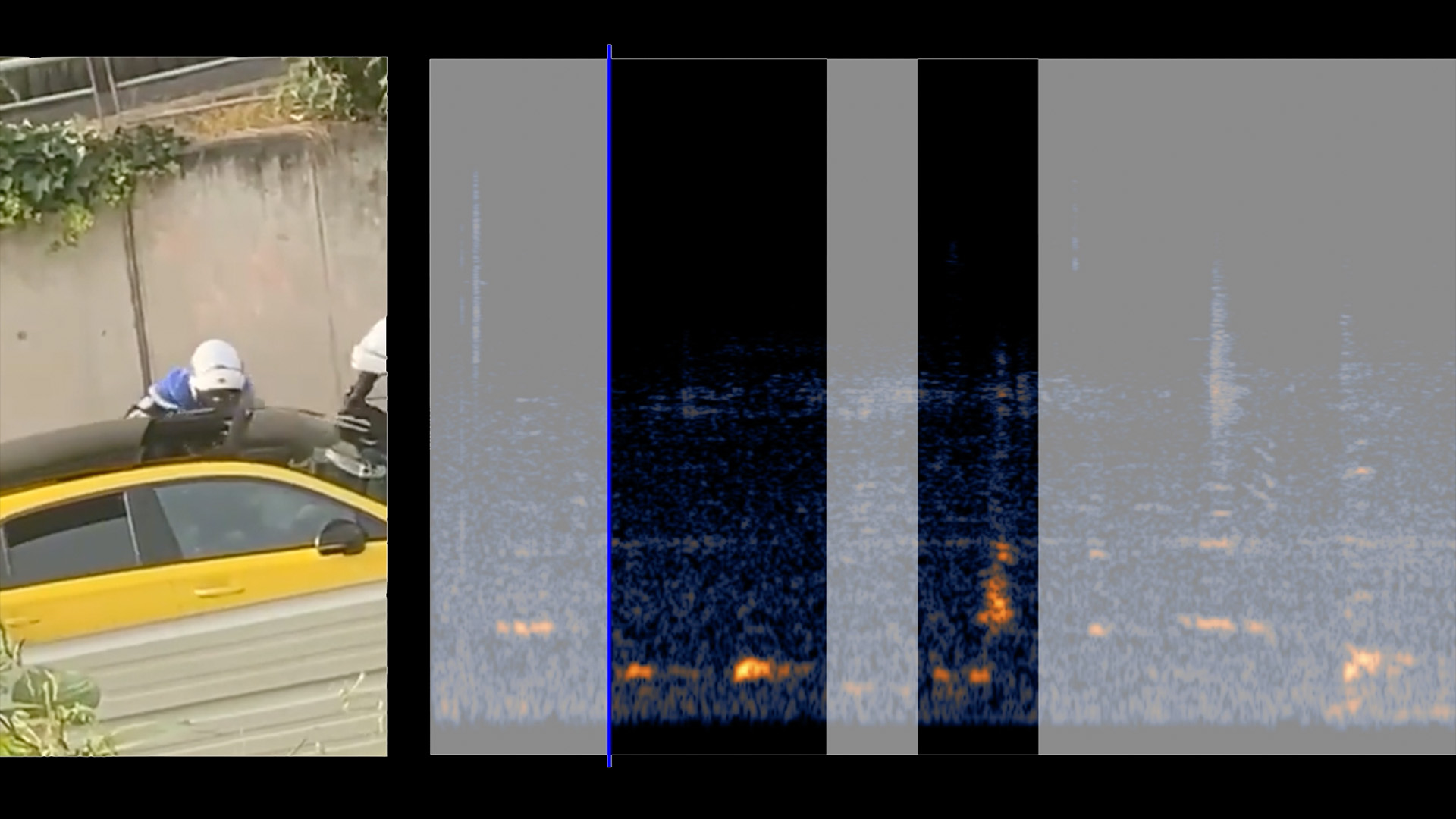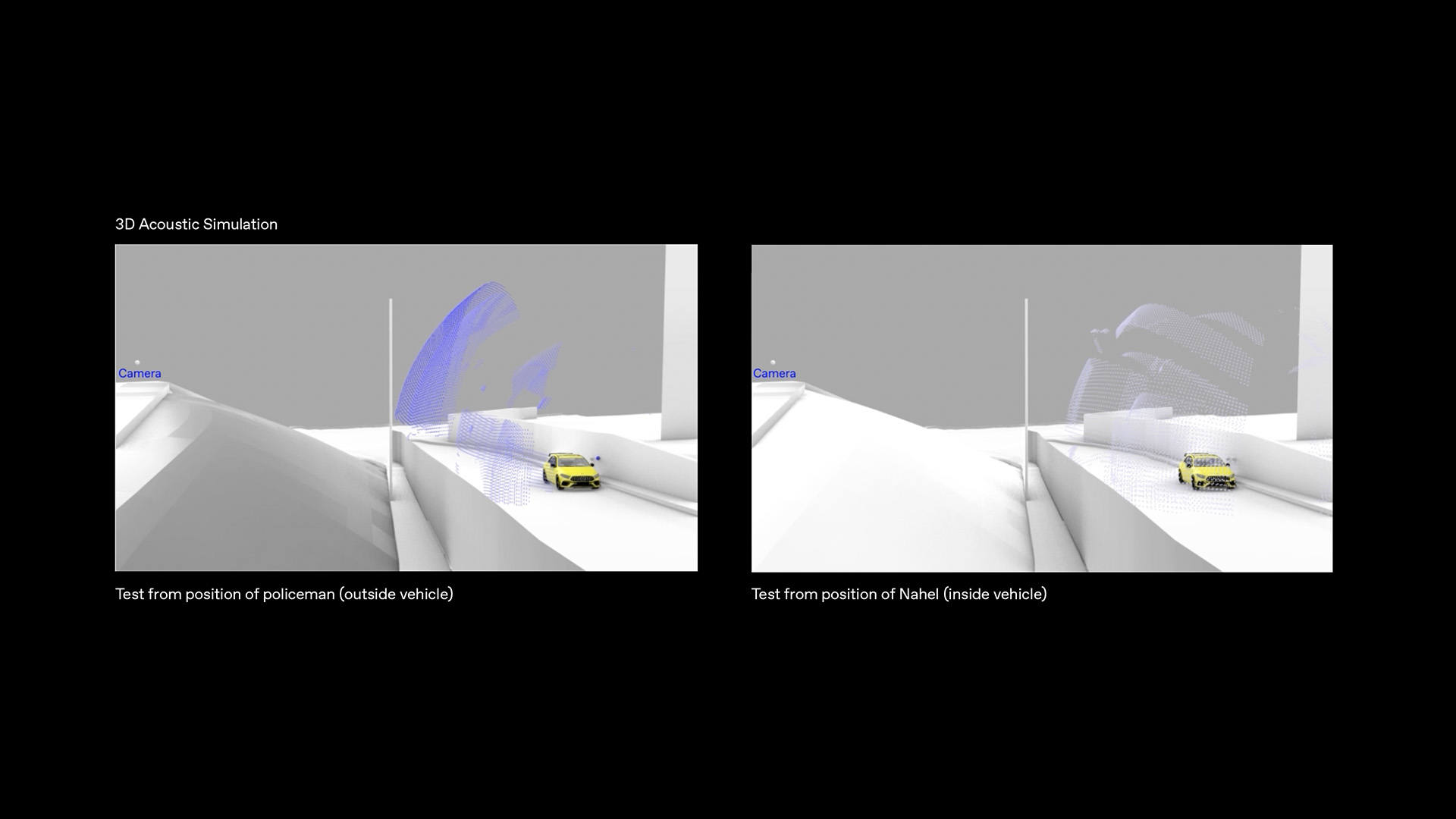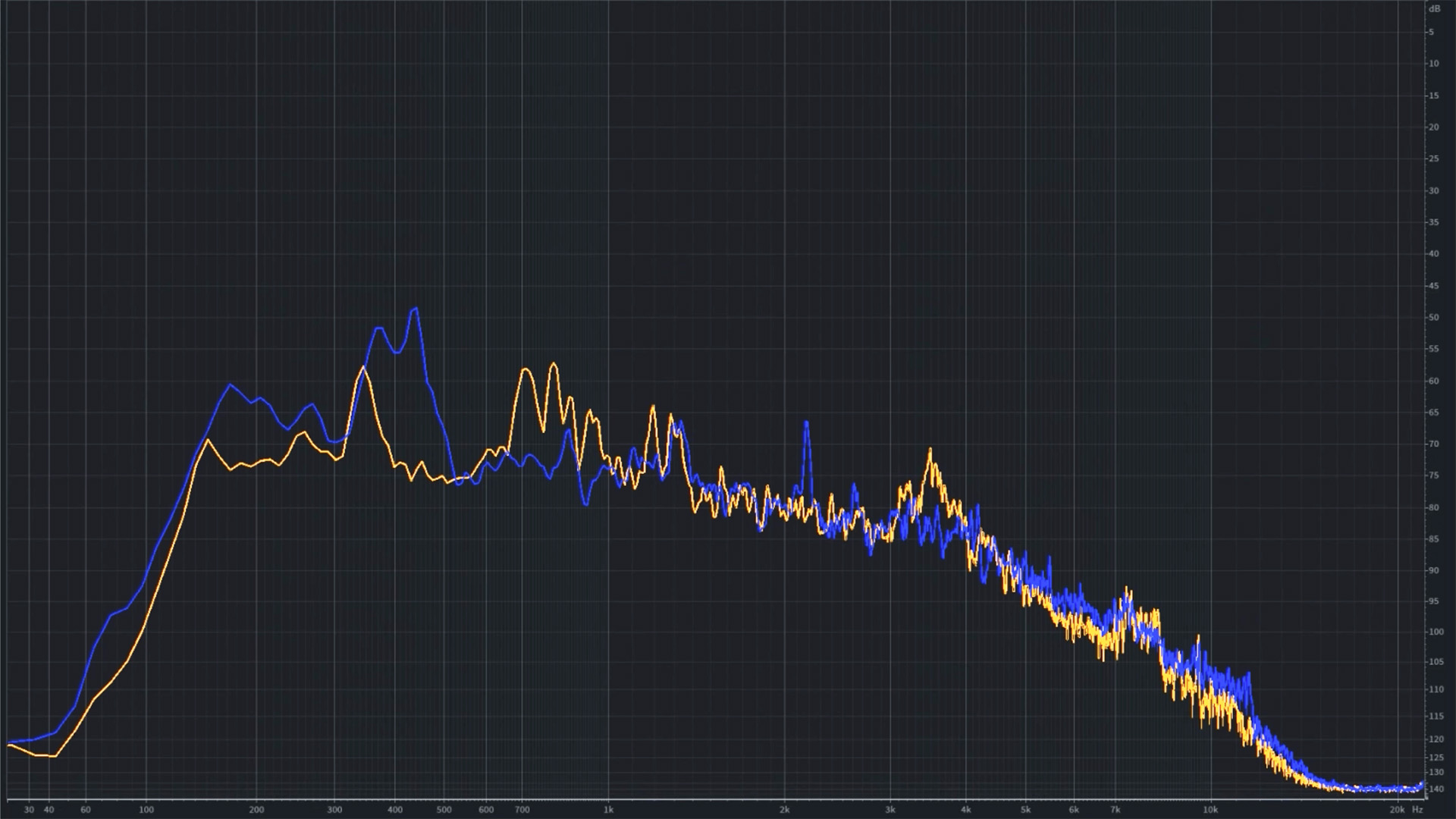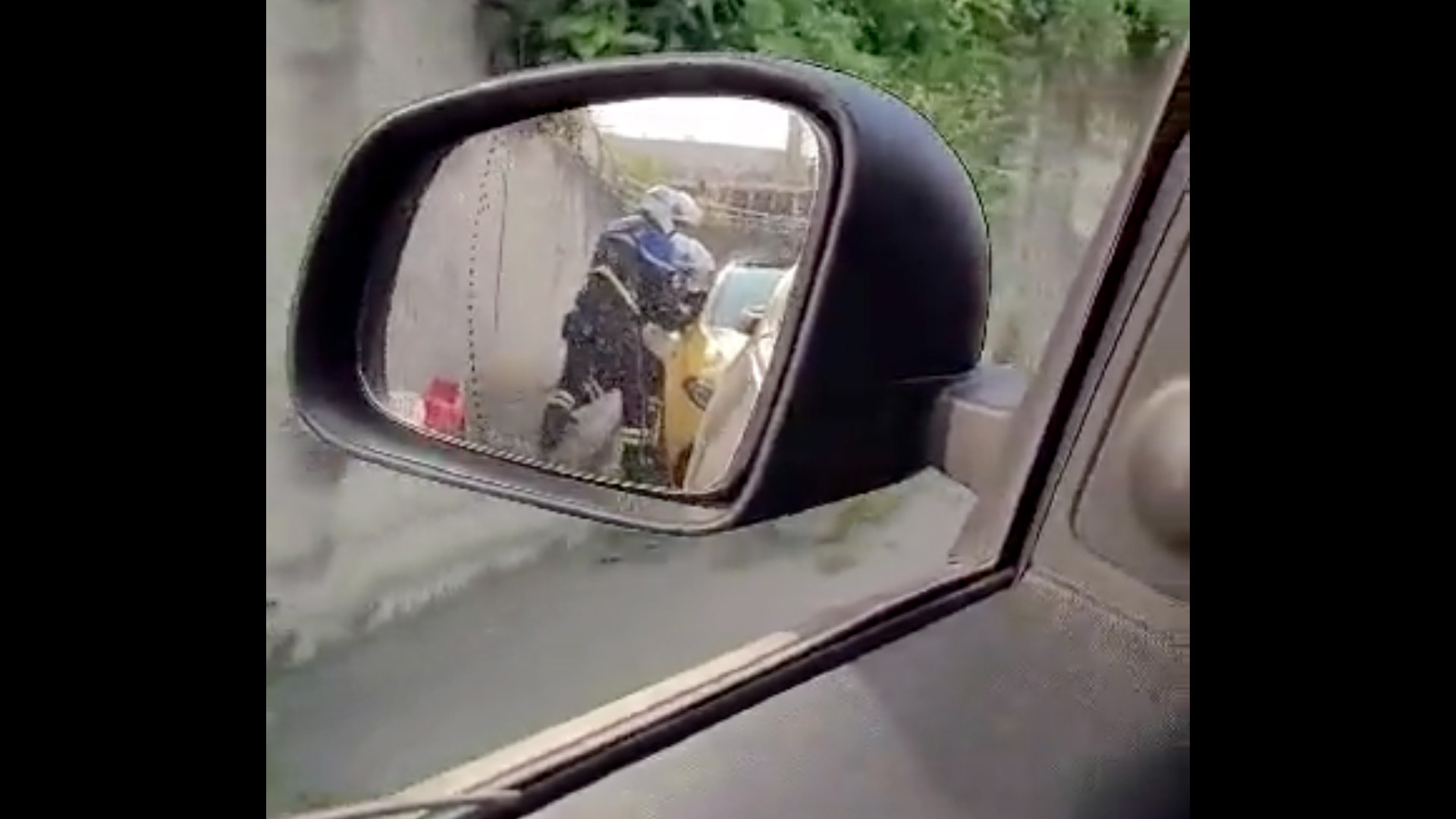Police Brutality in Nanterre, Paris
Nahel Merzouk, a 17-year-old, shot dead by policeman in Nanterre, in the suburbs of Paris.
Audio enhancement & Speech Analysis for the killing of Nahel Merzouk

In partnership with INDEX, Earshot researchers enhanced the audio recorded during the five seconds preceding the fatal shooting of teenager Nahel Merzouk by a police officer during a traffic stop in Nanterre on June 27, 2023. This recording raised questions about what the police officers said before the shooting occurred. The video above is an effort to make an improved audio signal of the event available and to increase the resolution of these debates.
Our audio enhancement has revealed two distinct phrases. The first is a repeated command, "Coupe" (Cut), and the second clearly intelligible phrase is "Pousse-toi" (Move over). Much of the news coverage of this event attributed the phrase "Pousse-toi" to Nahel and "Coupe" to the police officers. However, these were assumptions based solely on context and did not consider the comparative acoustic behaviors of these phrases. Our acoustic analysis presented below provides evidence to the contrary: All the audible phrases were spoken by the police officers.
If these two phrases had been spoken by different individuals facing in opposite directions, we would expect to observe a pronounced distinction in the way these phrases behaved across the frequency spectrum. This is because the two voices, one from inside the car spoken away from the camera and the other from outside the car, directed towards the camera, would travel significantly different paths to reach the camera, resulting in audible differences. Earshot produced a 3D simulation of the sound propagation from the two locations attributed to Nahel and the police officers respectively.
Acoustic reenactment & 3D acoustic modeling for the killing of Nahel Merzouk

In the above simulation, we observe that most of the sound reaching the camera from inside the car, Nahel's position, is reflected off obstacles in its path. Conversely, the sound reaching the camera from the voice spoken outside the car, the police officer's position, propagates directly from the source to the microphone. In this case, the acoustic behavior of these phrases would significantly differ in the high frequencies. The voice from outside the car should be louder in the high frequencies, and in those more intense high frequencies, we should observe a faster rate of decay than the phrase allegedly spoken from inside the car.
Frequency analysis for the killing of Nahel Merzouk

The frequency analysis above demonstrates that this is not the case. The two phrases exhibit a markedly similar pattern. Neither phrase is more or less intense in the frequencies that would be affected by direction, resonance, and sound reflection from the source to the camera.
From this analysis, we can conclude with a high degree of certainty that these two phrases were spoken by the same person or in the same acoustic conditions. In another video preceding the incident, we clearly hear and see the same police officers shouting the same word, "coupe," at Nahel.
Open source video documenting a few seconds before the event

This video further corroborates that the spoken phrases, "Coupe" and "Pousse-toi," are highly likely to have come from these police officers.
The phrases shouted by the police officers are in informal French. The use of informal language could indicate familiarity or a lack of respect for the interlocutor. Although "Coupe" could have been directed at Nahel, instructing him to turn off his engine, "Pousse-toi" seems incongruent in the context of the policeman pointing a gun at Nahel Merzouk while leaning on his car. This suggests that the police officer might not have been addressing Nahel but rather his colleague.
If the police officer was speaking to his colleague, it would strongly suggest that he was telling him to move out of the way before the gunfire, implying premeditation prior to Nahel moving the car forward.
On the basis of our findings, we strongly recommend that a significant part of any investigation by official bodies into this case should be devoted to determining who the police officer was addressing when uttering the words "Pousse-toi".